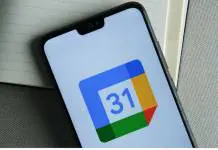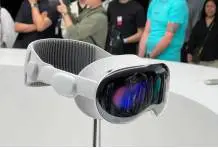On Wednesday, Facebook held its fourth Oculus Connect event and it introduced the new Oculus Go. This wireless virtual reality headset will cost $199 and launch early next year, with no need of slipping in phones or attaching wires to a powerful PC.
In a world where more and more consumers are cutting paid TV cable cords to opt for streaming, VR is a field in which freedom from wires might greatly benefit its success. This standalone product at that price point might even help Zuckerberg achieve his goal of having 1 billion people hooked to HMDs.
Microsoft and partners from the tech industry have a head start on Facebook and Oculus with the Windows Mixed Reality lineup, which is focused on affordability but still maintains its wired legacy. These headsets might get an advantage due to their variety and their capacity to play PC games.
The easiest way to experience VR is here with Oculus Go, an all-new standalone headset available early 2018. #OculusConnect pic.twitter.com/8DiAozlLHB
— Oculus (@oculus) October 11, 2017
What can the Oculus Go do?
The upcoming Oculus Go, as its name suggests, is a portable standalone solution that is simply ready to go. You might not even categorize it as a plug-and-play device because there is nothing to plug except your headphones, and even that is optional.
The head-mounted display resembles simpler tethered headsets like Google’s Daydream View and the Samsung Gear VR, and its materials include comfortable straps and breathable fabric designed to withstand prolonged usage periods.
Oculus’ launch date is still a bit hazy but Facebook says it will debut early next year. By that time, it will be able to run some of the apps on the Gear VR’s catalog. The Oculus Go does not have the external sensor array that the Rift does, so it lacks the ability to play games that require a more refined spatial awareness.
Facebook’s ambition might give VR the push it needs
Mark Zuckerberg said the next goal for Oculus was to bring 1 billion people into virtual reality. As with Facebook, the approach seems to be focused on lowering costs and appealing to the gross consumer audience with a product they just can’t pass on.
For $199, the Oculus Go is a device that rests between a full-fledged VR headset like HTC’s VIVE and the Rift, and mobile-based rigs like the Samsung Gear VR and Google’s Daydream View. It leans more toward the former, though, and there might soon be a device that can run top games with no wires needed.
Oculus’ project Santa Cruz is still in development but much more advanced than last year’s showcase. The headset now has no visible computer attached to itself, which means that Facebook is close to finishing what would basically be a wireless Rift. No release date on that one, although we might see it sooner rather than later.
Source: Oculus










